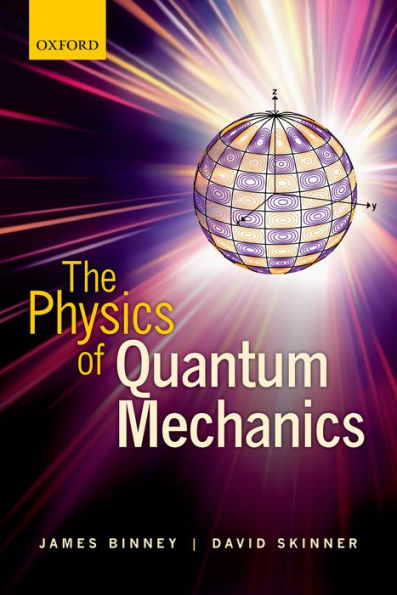5
1
9780199688579



The Physics of Quantum Mechanics available in Hardcover, Paperback

The Physics of Quantum Mechanics
- ISBN-10:
- 0199688575
- ISBN-13:
- 9780199688579
- Pub. Date:
- 12/31/2013
- Publisher:
- Oxford University Press
- ISBN-10:
- 0199688575
- ISBN-13:
- 9780199688579
- Pub. Date:
- 12/31/2013
- Publisher:
- Oxford University Press

The Physics of Quantum Mechanics
$44.99
44.99
In Stock

Product Details
| ISBN-13: | 9780199688579 |
|---|---|
| Publisher: | Oxford University Press |
| Publication date: | 12/31/2013 |
| Edition description: | New Edition |
| Pages: | 416 |
| Product dimensions: | 6.10(w) x 9.20(h) x 1.00(d) |
About the Author
From the B&N Reads Blog
